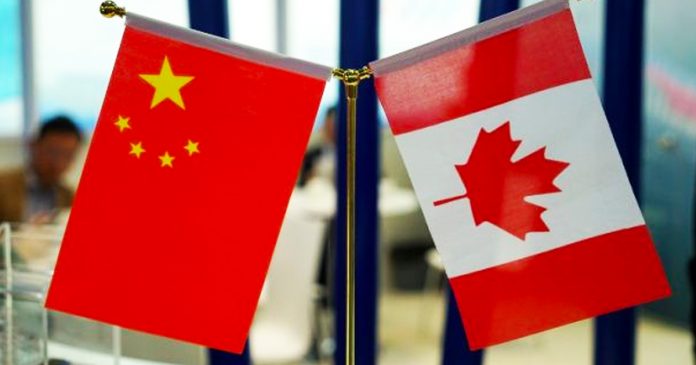I just plugged the phrase “Cold War’ into Google. The first thing that comes up is the Wikipedia page on, well, the Cold War — that period between the end of WWII and the fall of the Iron Curtain.
But then I clicked the tab for “News” and it told a very different story. The three top responses had nothing to do with Soviet Russia. They were all about China.
“Why the Chinese balloon crisis could be a defining moment in the new Cold War,” is the first result, a CNN headline.
Then there’s The New York Times: “Chinese Spy Balloon Calls Back to Cold War U-2 Episode”.
The third hit is an opinion column in The Washington Post: “Chinese balloon reminds us of the Soviet Union and U-2 Crisis of 1960”.
You get the point. Everyone is talking about that mysterious Chinese balloon that travelled across North America, only to be shot down by the American military over Atlantic waters followed by protests from Beijing. And everyone talking about it finds it completely fitting to liken it to an early event in a new Cold War.
What’s interesting about all of this is that there was a time not too long ago when it was considered improper to ask whether or not the United States and its allies were entering a Cold War with China. Then there was a period where you couldn’t really state that it was happening, but rather you’d pose the question: Is there a Cold War? Now though, it just seems to be accepted as a given that we are indeed in something of a Cold War, or at least a looming one, with China.
This subtle shift brings to mind the Ernest Hemingway quip: “How did you go bankrupt? Two ways. Gradually, then suddenly.” How did we enter a Cold War with China? Well, first we weren’t in one and then we were.
Looking back over the past five years, all the evidence is there. The trade war during the Trump Administration. The Meng Wanzhou and Two Michaels affair. The exposure of the awful treatment of the Uighur Muslims. The bellicosity towards Hong Kong and Taiwan. News that Apple and other companies are retreating from the mainland to set up shop in other countries.
It’s no longer a polarizing issue either. American politics enjoys a bipartisan consensus that they need to decouple from China as Xi Jinping solidifies his rule over the Chinese Communist Party.
What this means for Canada, most simply put, is that it’s happening and it involves us to some degree and we’re going to have to deal with it whether we like it or not.
For years, Prime Minister Justin Trudeau was teased for his caught-on-camera remark about how he has admiration for China’s basic dictatorship. He’s not going to be caught saying anything like that again.
The Liberals have pivoted on the file, largely because they had no choice. Our intelligence allies told us we’d have to ban Huawei from our 5G grid or risk being shut out of their circle. Trudeau was given an “us or them” ultimatum and he made the only choice he could, to reject Huawei and side with the US, UK, Australia and New Zealand.
The same goes for the federal government’s current commitment to decoupling from China and “friend-shoring” towards more like-minded allies in the Asia-Pacific. It’s inherently good to do it but we’re also doing it because Washington told us to do it.
But this isn’t all about Trudeau. This new Cold War landscape will stick around for awhile and the next PM or two will have to navigate it.
There will no doubt be more international incidents — although hopefully the severity of them will be along the lines of balloons astray than something more volatile like the Cuban missile crisis or a conflict in the South China Sea.
There will also be dozens or hundreds of little maneuvers for future governments to make when it comes to managing the many relationships Canada has with China in terms of trade, research, post-secondary education and more.
The landscape is about to shift in interesting ways. When you Google “Cold War’ a few years from now, the results may look very different than they do today.

